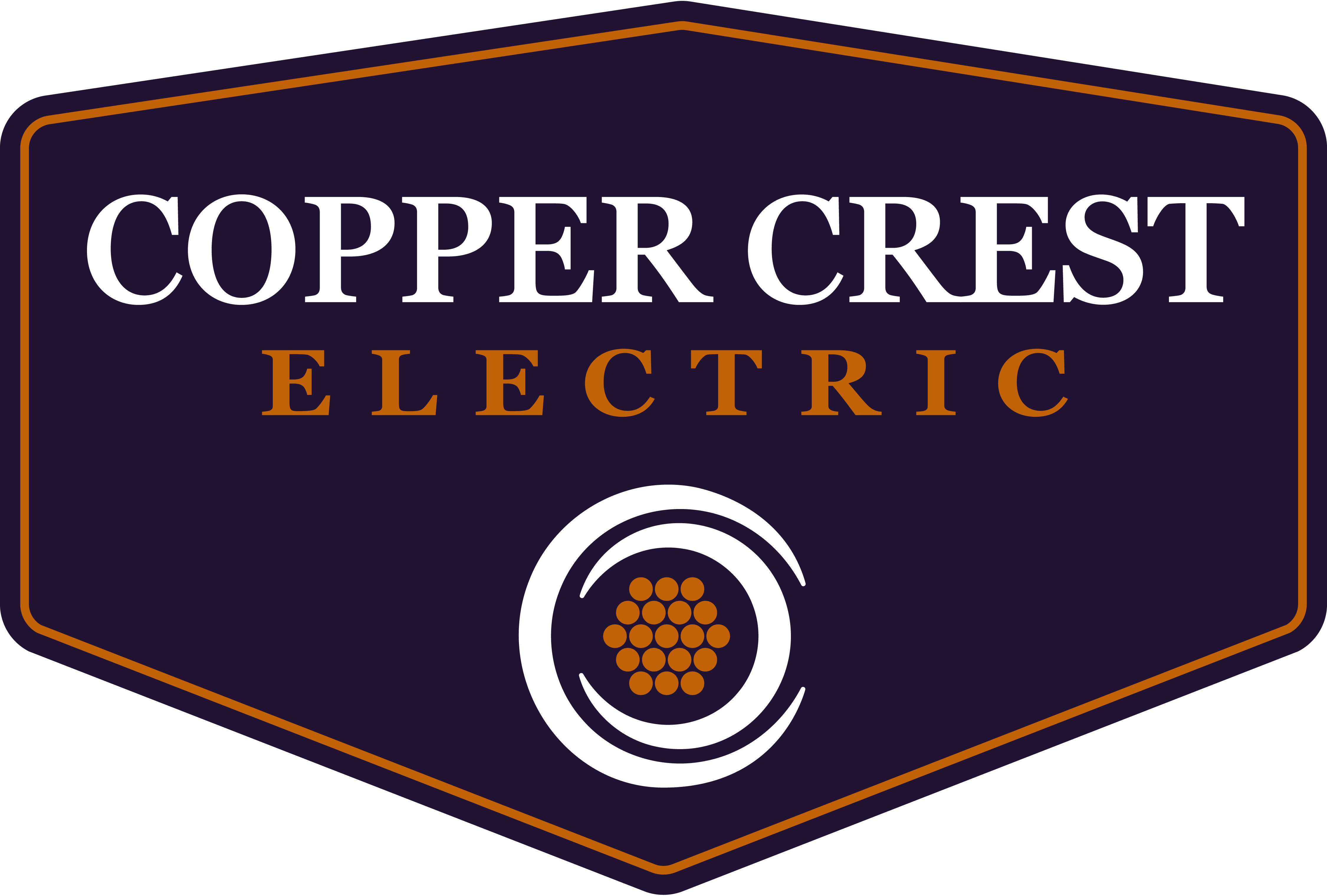Protecting Your Home: Safe Use of Extension Cords, Power Strips, and Surge Protection
Electricity powers nearly every aspect of modern living, from the lights in your home to the devices you rely on every day. Extension cords and power strips make electricity more accessible, and surge protectors safeguard your appliances and electronics. Improper use or neglect can lead to serious safety hazards, including fires, electrical shocks, and damaged equipment. By combining safe practices with proactive measures like surge protection, you can ensure a safe and efficient electrical system for your home.
Understanding Extension Cords and Power Strips:
Extension cords and power strips are convenient tools for managing your home’s electrical needs. However, it’s important to remember that they are temporary solutions, not permanent solutions for a lack of power outlets. Misusing these tools can lead to electrical overloads, short circuits, and even fires.
Choosing the Right Tools for the Job
When selecting extension cords or power strips, ensure they are suitable for the devices you intend to power:
- Extension Cords: Choose a cord with the appropriate gauge (thickness) for your needs. Heavier-duty cords, with a lower gauge number, can handle more current and are ideal for high-powered devices. For outdoor use, ensure the cord is rated for outdoor conditions.
- Power Strips: Opt for strips with built-in surge protection to protect sensitive electronics from voltage spikes. Avoid in-expensive, unbranded power strips that may lack critical safety features like overload protection.
The Dangers of Overloading Circuits
Overloading is one of the most common risks associated with extension cords and power strips. Each device you plug in draws a certain amount of current, and exceeding the maximum capacity of the cord or strip can lead to overheating and potential fire hazards.
Tips to Avoid Overloading:
- Check the wattage of all devices you intend to plug into a cord or strip and ensure it doesn’t exceed its maximum rating.
- Avoid daisy-chaining—connecting multiple extension cords or power strips together. This practice significantly increases the risk of overload and electrical failure.
- High-powered appliances like space heaters, air conditioners, and microwaves should always be plugged directly into a wall outlet.
Practicing Safe Usage and Placement
The way you use and position your extension cords and power strips also plays a vital role in maintaining safety. Improper placement can create overheating risks and tripping hazards.
- Inspect Before Use: Check cords and power strips for frayed wires, cracked insulation, or loose connections. Replace damaged items immediately; do not attempt repairs with tape or adhesives.
- Avoid Covered Cords: Do not run cords under rugs, carpets, or furniture.
- Keep Dry: Ensure cords and strips are kept away from water or damp environments unless specifically rated for outdoor or wet use.
- Unplug When Not in Use: This reduces the risk of overheating and prolongs the lifespan of your equipment.
The Importance of Surge Protection for Your Home
While extension cords and power strips can make electrical access more convenient, they do little to protect your devices from the sudden voltage spikes that can occur during power surges. These surges can result from lightning strikes, power outages, or even the operation of large appliances in your home.
What is a Power Surge?
A power surge occurs when the flow of electricity exceeds the standard voltage. These sudden spikes can damage sensitive electronics, fry circuit boards, and shorten the lifespan of appliances. Even small, repeated surges can cause cumulative damage over time.
How Surge Protectors Safeguard Your Electronics
Surge protectors are designed to absorb excess voltage and divert it away from your devices, preventing damage. There are two main types of surge protection:
- Point-of-Use Surge Protectors: These are the standard surge-protected power strips you can plug into individual outlets. While they provide a basic level of protection, their capacity is limited and may not safeguard your home from larger surges.
- Whole-House Surge Protectors: Installed at your electrical panel, these systems protect your entire home by intercepting surges before they reach individual circuits. Whole-house surge protectors offer the highest level of protection, especially against large surges caused by lightning or utility grid issues.
Why Whole-House Surge Protection is Essential
Investing in whole-house surge protection is one of the best ways to safeguard your home and valuable electronics. Here’s why:
- Comprehensive Coverage: Whole-house protectors shield every outlet and device in your home, including appliances, HVAC systems, and built-in electronics.
- Long-Term Savings: By preventing surge damage, you save money on costly repairs or replacements of damaged devices.
- Peace of Mind: With whole-house protection, you don’t need to worry about unplugging devices during storms or outages.
Combining Safety and Convenience
For optimal safety and convenience, use surge-protected power strips in conjunction with a whole-house surge protection system. Power strips with surge protection can act as an additional layer of defense for sensitive electronics, such as computers and entertainment systems, while the whole-house system manages larger, external surges.
Protect Your Home with Proactive Safety Measures
By combining safe practices for extension cords and power strips with robust surge protection, you can significantly reduce the risk of electrical hazards in your home. Start by selecting the right tools, avoiding overloading circuits, and inspecting equipment regularly. For ultimate in-home safety, consider installing whole-house surge protection to shield your appliances and electronics from unexpected voltage spikes.
Copper Crest Electric is here to help you create a safer, more efficient home. From installing whole-house surge protectors to upgrading your electrical system, our licensed electricians provide expert solutions tailored to your needs. Contact us today to learn more about how we can safeguard your home and bring you peace of mind.
